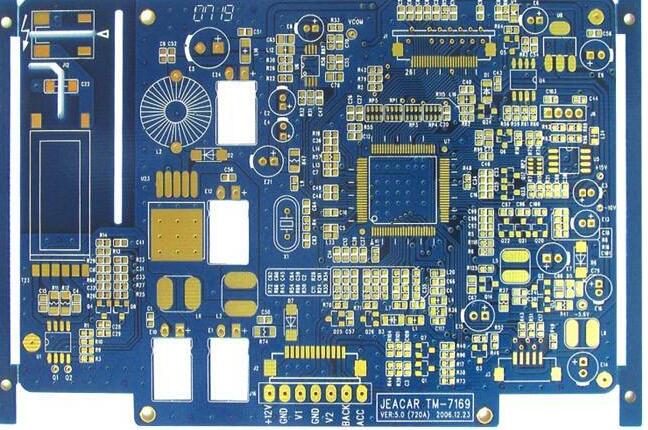Application and Research on Metallization of Ceramic Surface
The development of modern new technology is inseparable from materials, and higher and higher requirements are placed on PCB materials. With the development of material science and process technology, modern ceramic materials have evolved from traditional silicate materials to involving force, heat, electricity, sound, light and their combinations. The surface of ceramic materials is metalized to make it A composite material with ceramic properties and metallic properties has attracted more and more attention to its application and research.
Through electroless plating, vacuum evaporation, ion plating and cathodic sputtering techniques, the surface of the ceramic sheet can be deposited with Cu, Ag, Au and other metal coatings with good conductivity and solderability. This composite material is often used to produce integrated Various electronic components such as circuits and capacitors. As an integrated circuit, the microcircuit is printed on it, and the substrate made of ceramic has the advantages of high thermal conductivity and good anti-interference performance. With the rapid development of the electronics industry and computers, integrated circuits have become more and more complex, and include more and more devices and functions. This requires higher and higher levels of circuit integration. At this time, the use of ceramic metalized substrates can greatly improve PCB circuit integration and achieve miniaturization of electronic equipment.

Capacitors, as an important electrical part, have very important uses in the electronics industry and the power industry. Among them, ceramic capacitors occupy a very important position because of their excellent performance. At present, its production and sales are very large, and it is increasing every year.
When the electronic instrument is working. On the one hand, electromagnetic waves are radiated outwards and interfere with other instruments, and on the other side, they are also interfered by external electromagnetic waves. Nowadays, the structure of electronic products is becoming more and more complex, the variety and quantity are increasing, and the sensitivity is increasing. Therefore, the influence of electromagnetic interference is also becoming more and more serious, which has attracted people's attention.
In the field of electromagnetic shielding, surface metalized ceramics also play an important role. Co-P and Co-Ni-P alloys are plated on the surface of the ceramic sheet. The phosphorus content in the deposited layer is 0.2%-9%. The coercivity is 200-1000 Oersteds and is often used as a magnetic coating. Because of its strong anti-interference ability, it can be used as the highest-level shielding material and can be used for high-power and very sensitive instruments, mainly for military products.
Ceramic metallization includes chemical plating, vacuum coating method, physical vapor deposition method, chemical vapor deposition method and spray plating method, and then the latest ionized coating method, like laser activated metalization technology, which has obvious advantages:
1. Strong bonding force, laser technology enables the bonding strength of the metal layer to reach 45Mpa;
2. No matter how complicated the shape of the object to be plated is, a uniform layer of coating can be obtained;
3. The cost is greatly reduced and the efficiency is improved;
4. Green and environmentally friendly, no pollution.
As a new type of PCB material, ceramic metallization has many unique advantages. Its application and research are just starting, and there is still a lot of room for development. In the near future, ceramic metallization materials will surely shine.